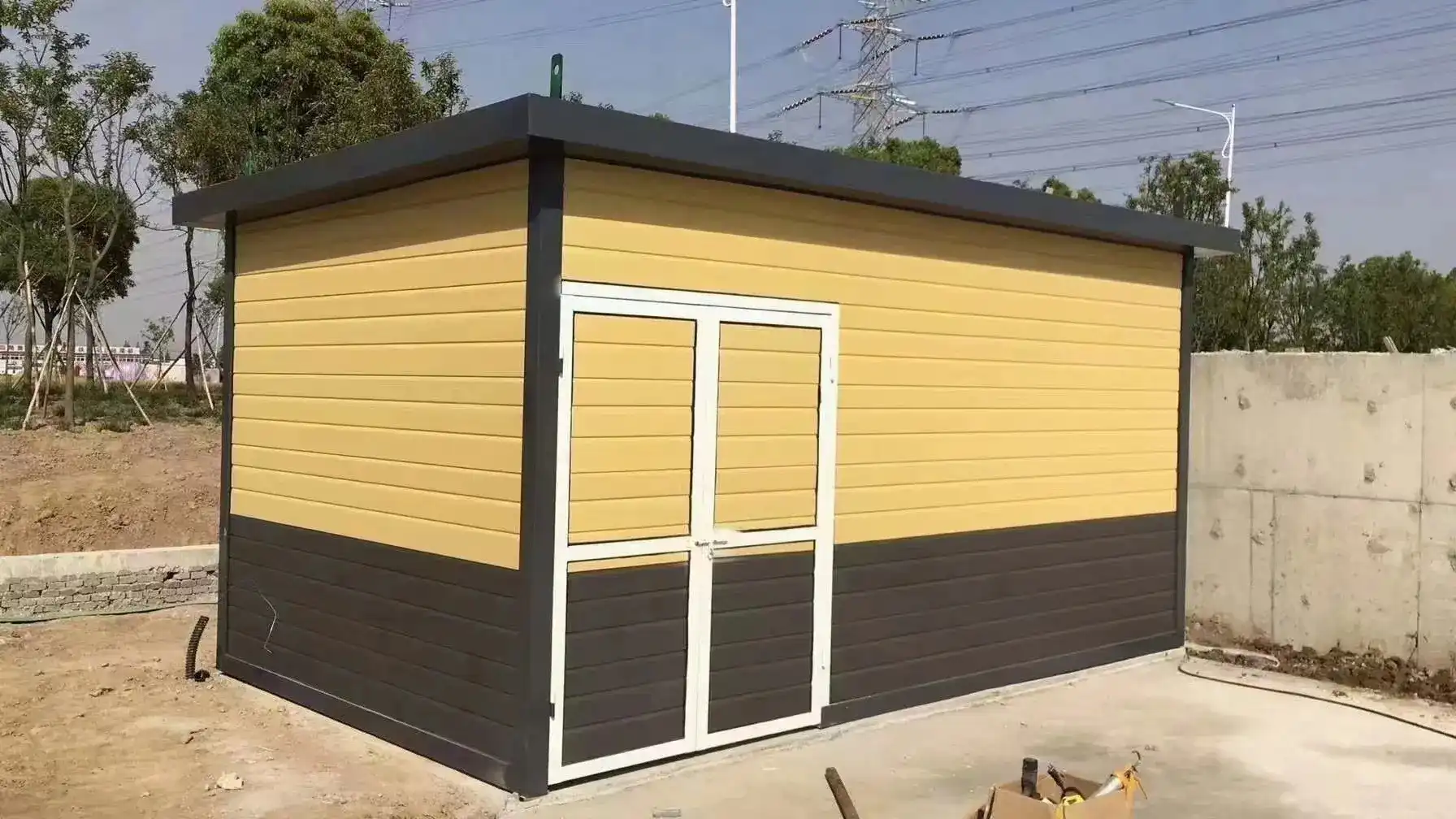Wall cladding panels have revolutionized the way we approach exterior design and protection for buildings. These versatile architectural elements offer a perfect blend of aesthetics and functionality, making them an ideal choice for both residential and commercial properties. Engineered to withstand harsh weather conditions while enhancing the visual appeal of structures, wall cladding panels provide long-lasting durability and modern design options. From sleek metal finishes to eco-friendly materials, these panels offer customizable solutions that cater to diverse architectural styles and environmental requirements.
The Versatility and Benefits of Wall Cladding Panels
Material Composition and Durability
Wall cladding panels are crafted from a variety of materials, each offering unique benefits. Aluminum, steel, stainless steel, and copper are among the most popular choices due to their exceptional durability and aesthetic appeal. These materials are engineered to resist corrosion, UV damage, and wear, ensuring that your building's exterior remains pristine for years to come.
The thickness of wall cladding panels is customizable, typically ranging from 40mm to 75mm, allowing for tailored solutions to meet specific project requirements. This flexibility in thickness not only contributes to the panels' structural integrity but also enhances their insulation properties.
Aesthetic Versatility and Customization
One of the most compelling aspects of wall cladding panels is their aesthetic versatility. Available in a wide array of colors, finishes, and textures, these panels can transform the appearance of any building. From vibrant RAL colors to custom finishes, the options are virtually limitless. Surface treatments such as coating, anodizing, and painting further expand the design possibilities, allowing architects and property owners to achieve their desired look.
The standard size of 1200mm x 2400mm provides a good balance between coverage and manageability during installation. However, custom sizes are available to accommodate unique architectural designs or specific project needs.
Insulation and Energy Performance
Modern wall cladding panels are more than just a pretty face; they play a crucial role in a building's energy efficiency. Equipped with high-quality insulation materials such as polyurethane, polystyrene, or rock wool, these panels significantly improve thermal performance. This enhanced insulation keeps interiors comfortable year-round, reducing the load on heating and cooling systems and consequently lowering energy costs.
Additionally, many wall cladding panels offer sound insulation properties, making them an excellent choice for properties in noisy urban environments or for buildings that require a quieter interior atmosphere.
Technical Features and Performance of Wall Cladding Panels
Fire Safety and Ratings
Safety is paramount in building design, and wall cladding panels are engineered with this in mind. Depending on the material composition, these panels can achieve fire ratings of Class A, B, or C, ensuring compliance with international fire safety standards. This feature provides peace of mind for building owners and occupants alike.
Weather Resistance and Longevity
Wall cladding panels are designed to be the first line of defense against the elements. Their weather-resistant properties protect the building's structure from rain, wind, and UV radiation. This not only extends the life of the building but also reduces maintenance costs over time. The panels' ability to resist dirt and scratches further contributes to their low-maintenance appeal, keeping the building's exterior looking fresh with minimal upkeep.
Eco-Friendly and Sustainable Options
As the construction industry moves towards more sustainable practices, wall cladding panels are keeping pace. Many manufacturers now offer panels made from recycled materials or those that are fully recyclable at the end of their lifecycle. These eco-friendly options allow builders to contribute to green building initiatives without compromising on quality or aesthetics.
Installation and Maintenance of Wall Cladding Panels
Easy Installation Process
One of the key advantages of wall cladding panels is their ease of installation. The lightweight nature of these panels, combined with their modular design, significantly reduces installation time and labor costs. The installation process typically involves preparing the surface, mounting the panels using appropriate fasteners, sealing the joints for weather-tight integrity, and adding any finishing touches.
This streamlined installation process not only saves time but also minimizes disruption to ongoing activities in and around the building site. For detailed installation guidelines, it's always best to refer to the technical documentation provided by the manufacturer.
Accessories for Enhanced Performance
To complement wall cladding panels and ensure optimal performance, a range of accessories is often available. These include corner profiles for seamless edge finishes, trim and flashing to protect joints and enhance aesthetics, and sealers for additional weatherproofing. These accessories not only contribute to the overall durability and functionality of the cladding system but also allow for a more polished and professional finish.
Long-Term Maintenance and Care
The low-maintenance nature of wall cladding panels is one of their most attractive features. Regular cleaning with mild soap and water is typically sufficient to keep the panels looking their best. For more stubborn stains or in areas with high pollution, specific cleaning products recommended by the manufacturer may be used.
Periodic inspections are advisable to check for any signs of wear or damage, particularly after extreme weather events. Prompt attention to any issues can prevent more significant problems and ensure the longevity of the cladding system.
Conclusion
Wall cladding panels offer a durable, versatile, and aesthetically pleasing solution for enhancing the exterior of any property. From their diverse material options and customizable designs to their impressive technical features and easy maintenance, these panels provide a comprehensive solution for modern building envelopes. Whether you're working on a residential project, a commercial complex, or a historic renovation, wall cladding panels can meet your needs while offering long-term value and performance.
For more information on how wall cladding panels can transform your property, or to explore our range of exterior cladding and facade solutions, don't hesitate to contact us at info@sdqsc.com. Our team of experts is ready to help you find the perfect cladding solution for your next project.
References
1. Building Science Corporation. (2021). "Wall Cladding Design Principles."
2. National Institute of Building Sciences. (2022). "Whole Building Design Guide - Wall Cladding."
3. Journal of Building Engineering. (2020). "Performance evaluation of exterior wall cladding materials for sustainable and energy efficient building construction."

.webp)
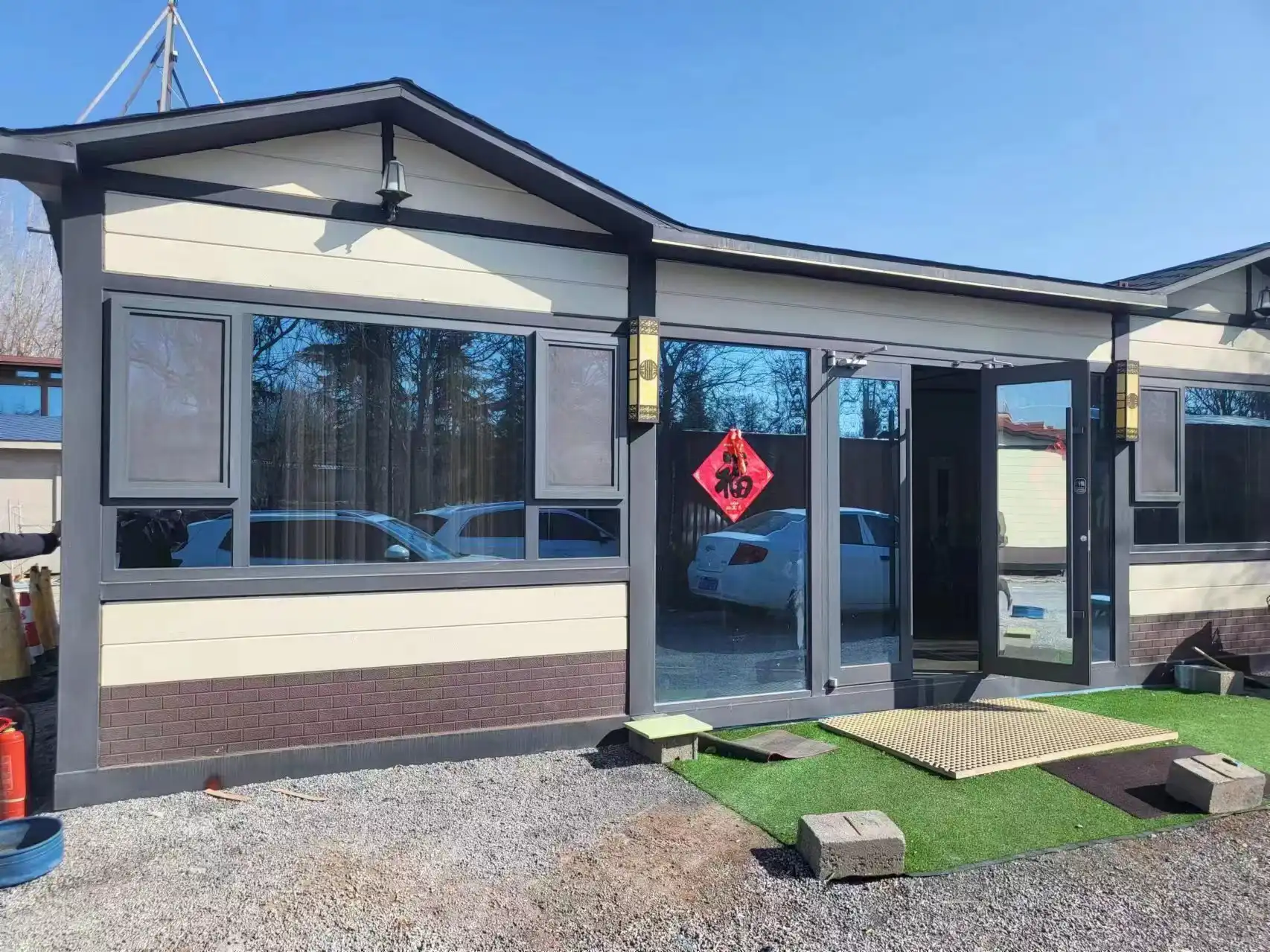
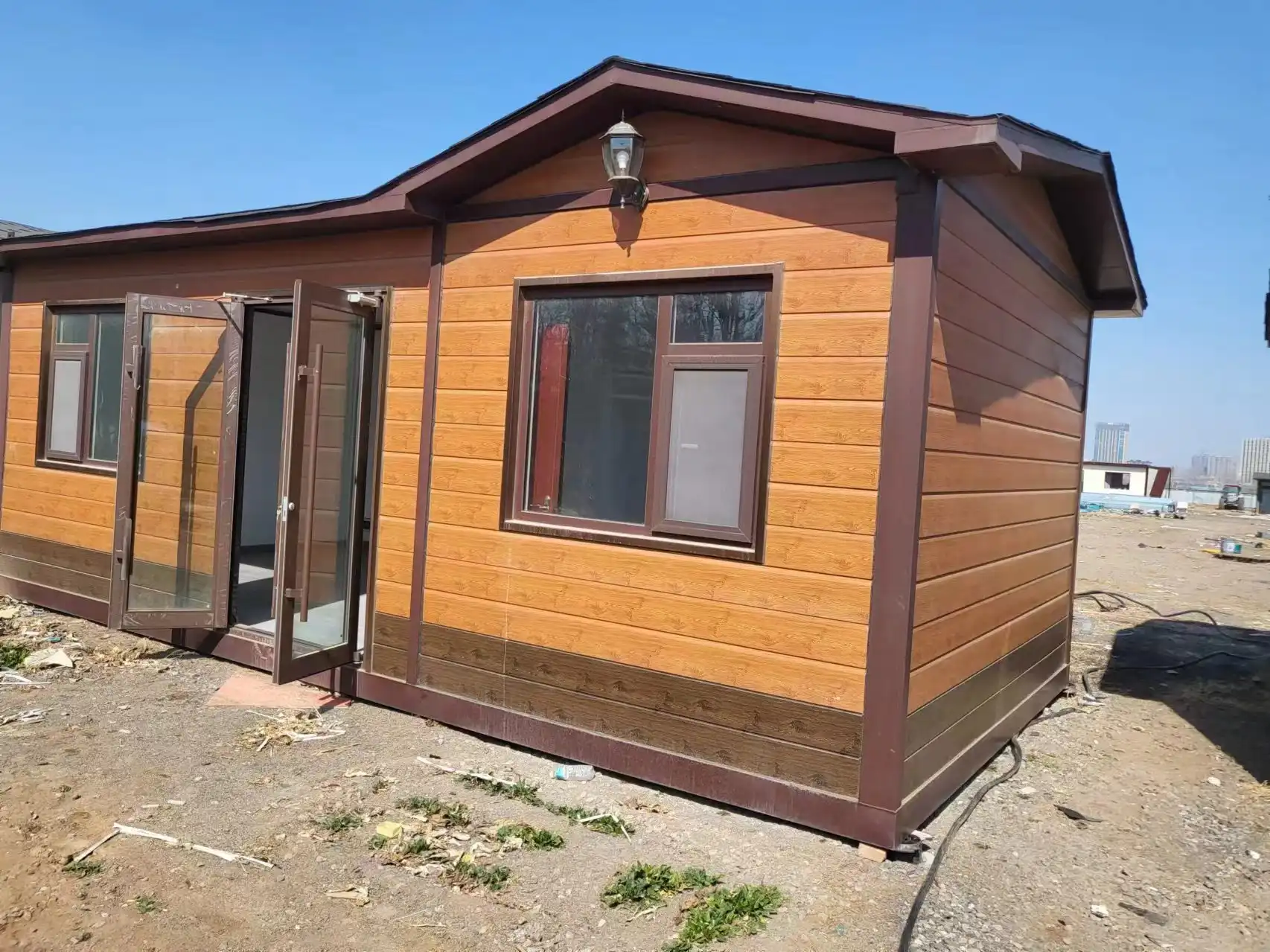
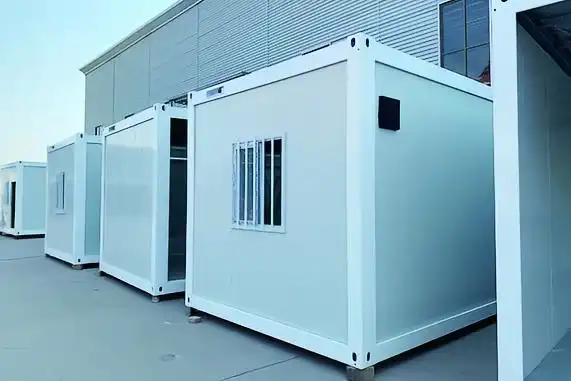

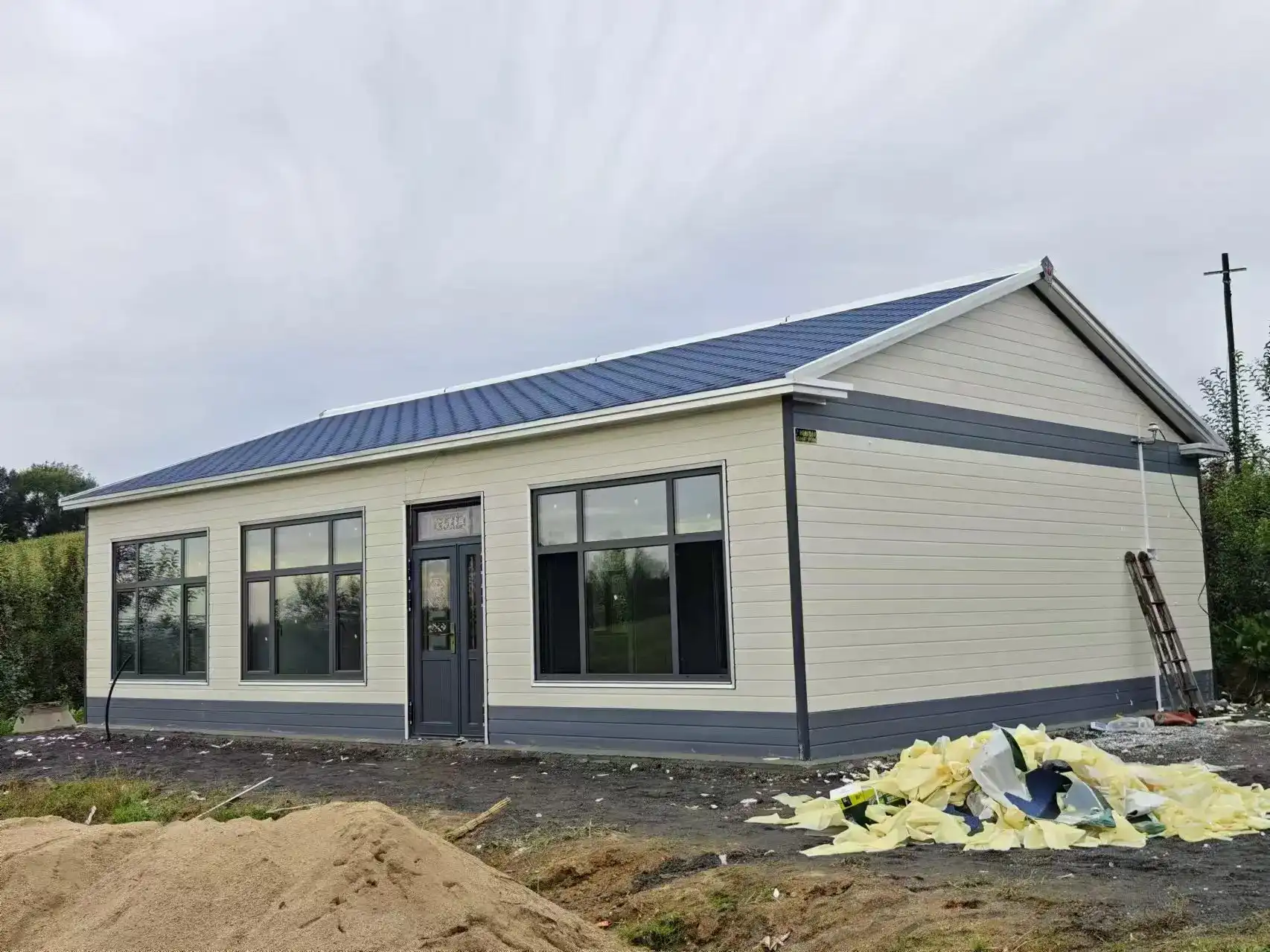

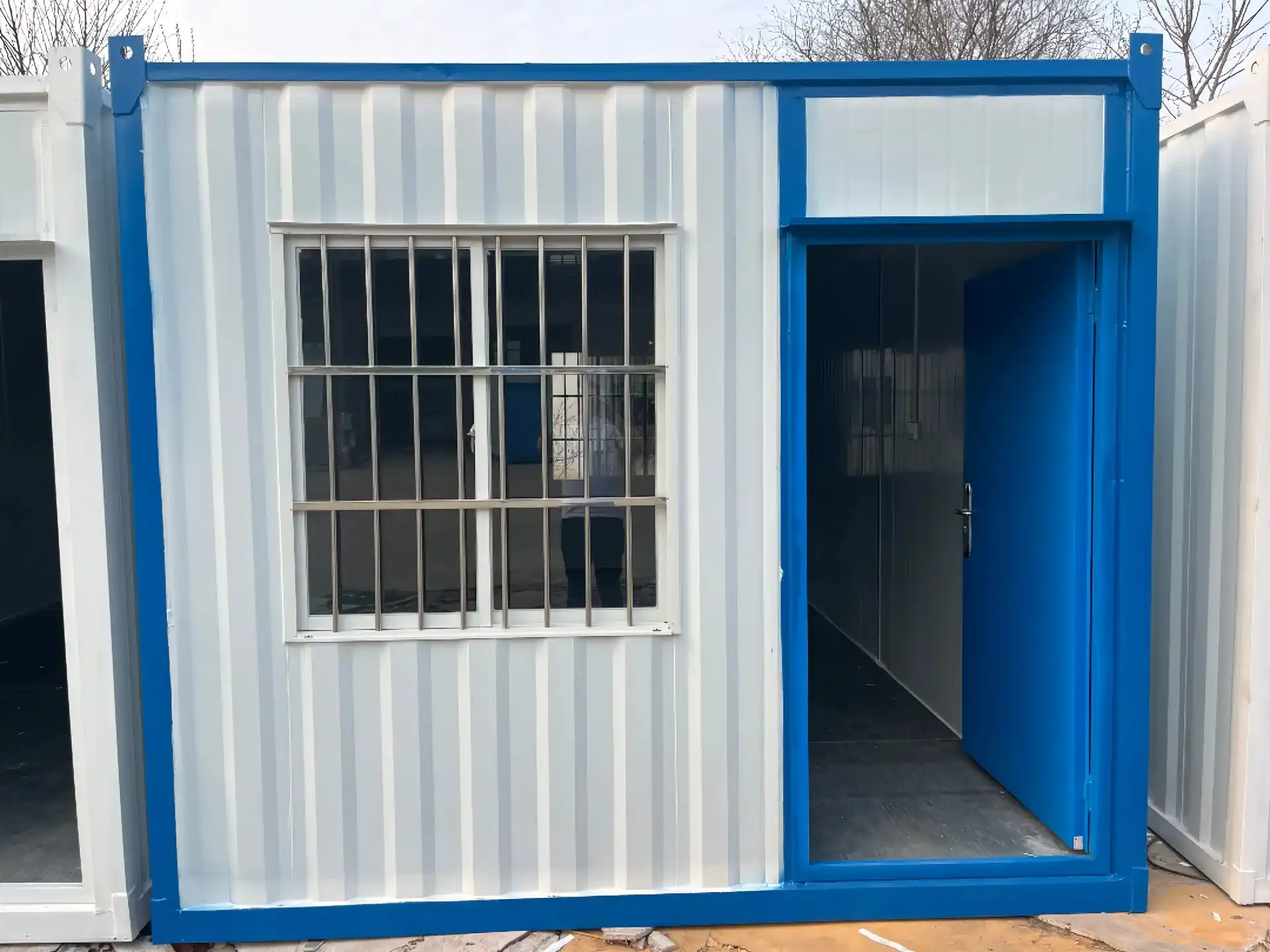

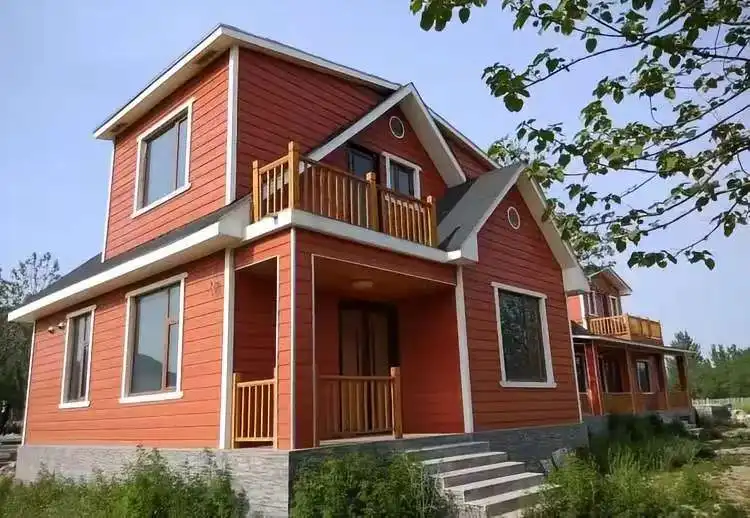



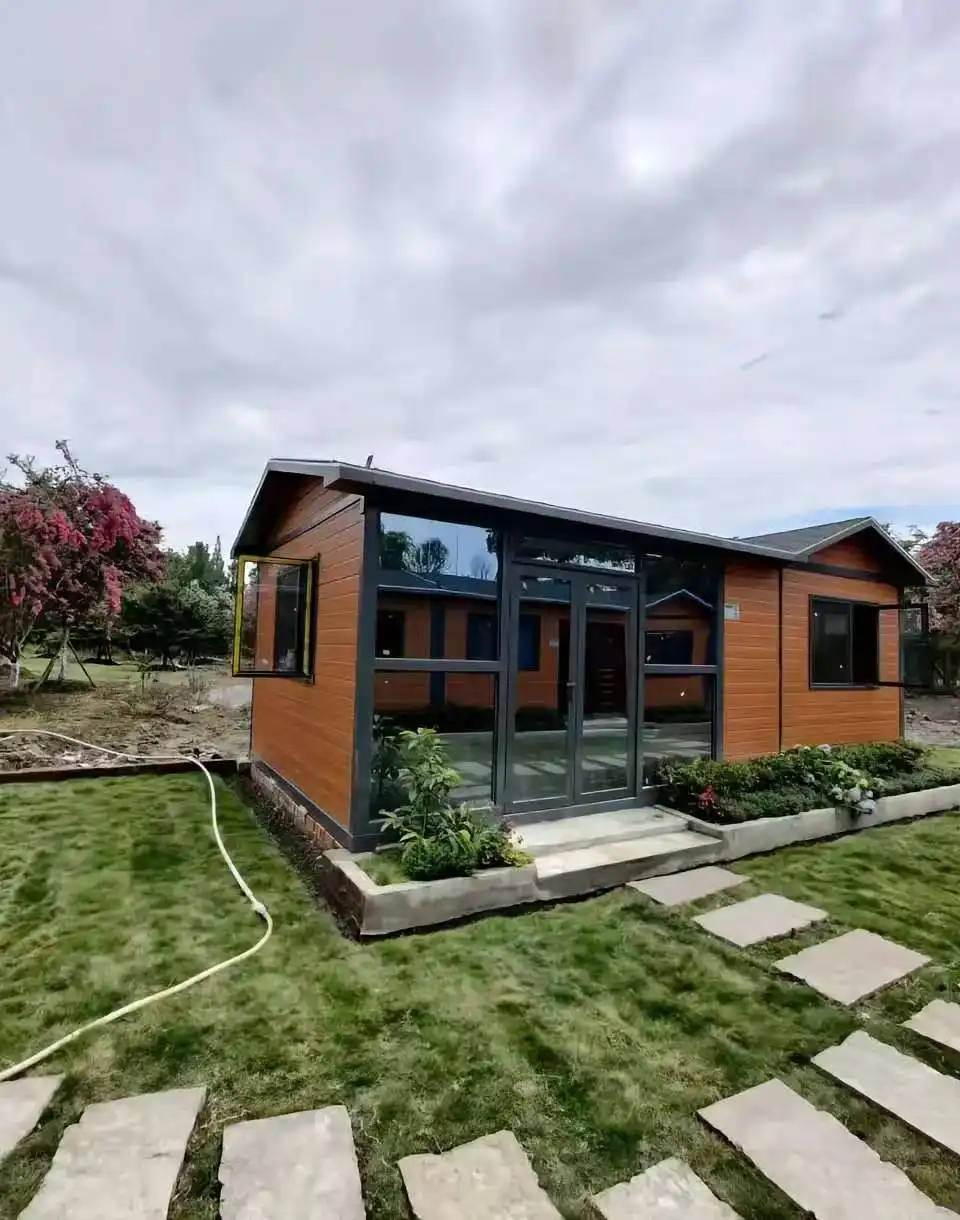

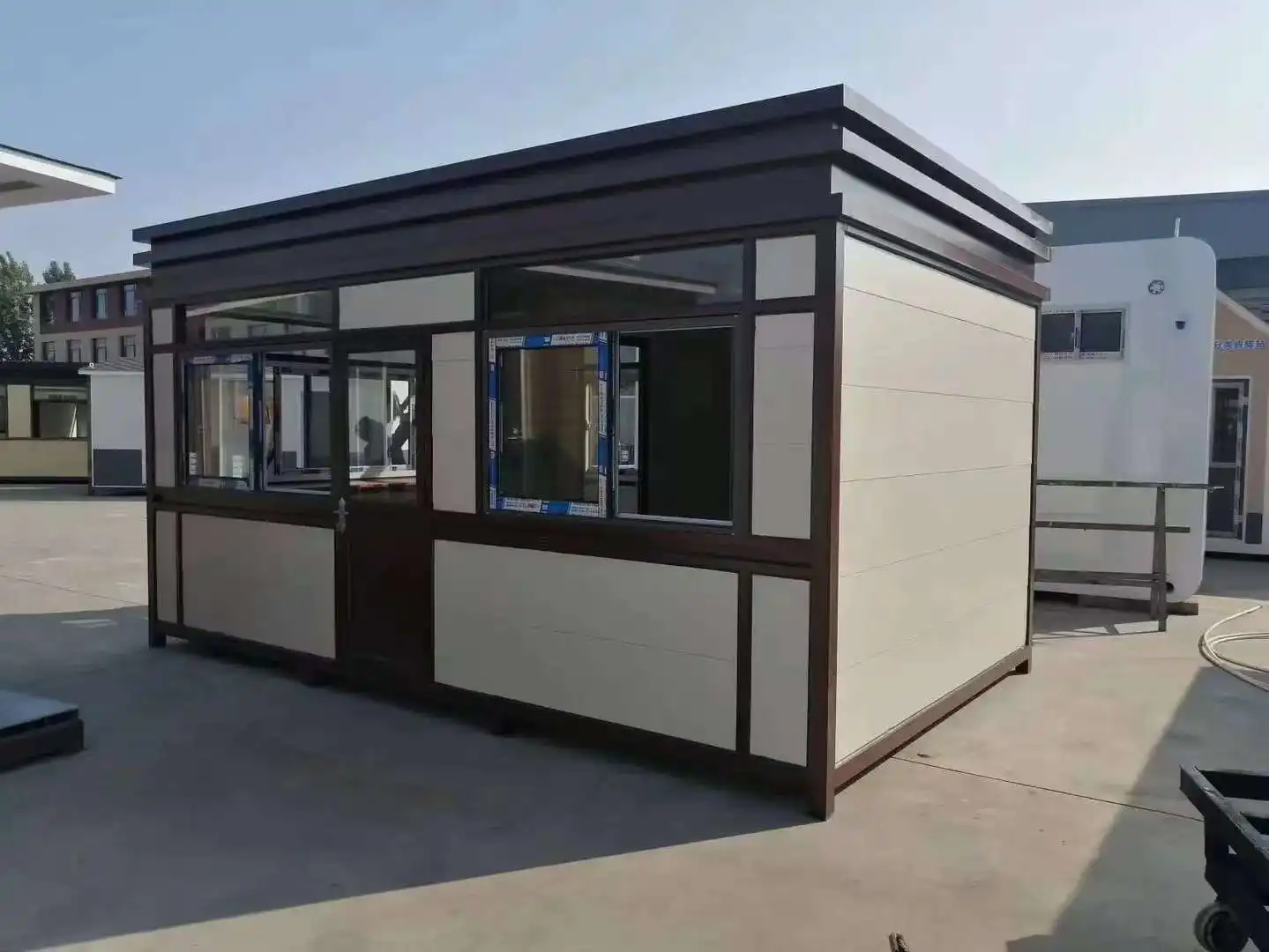

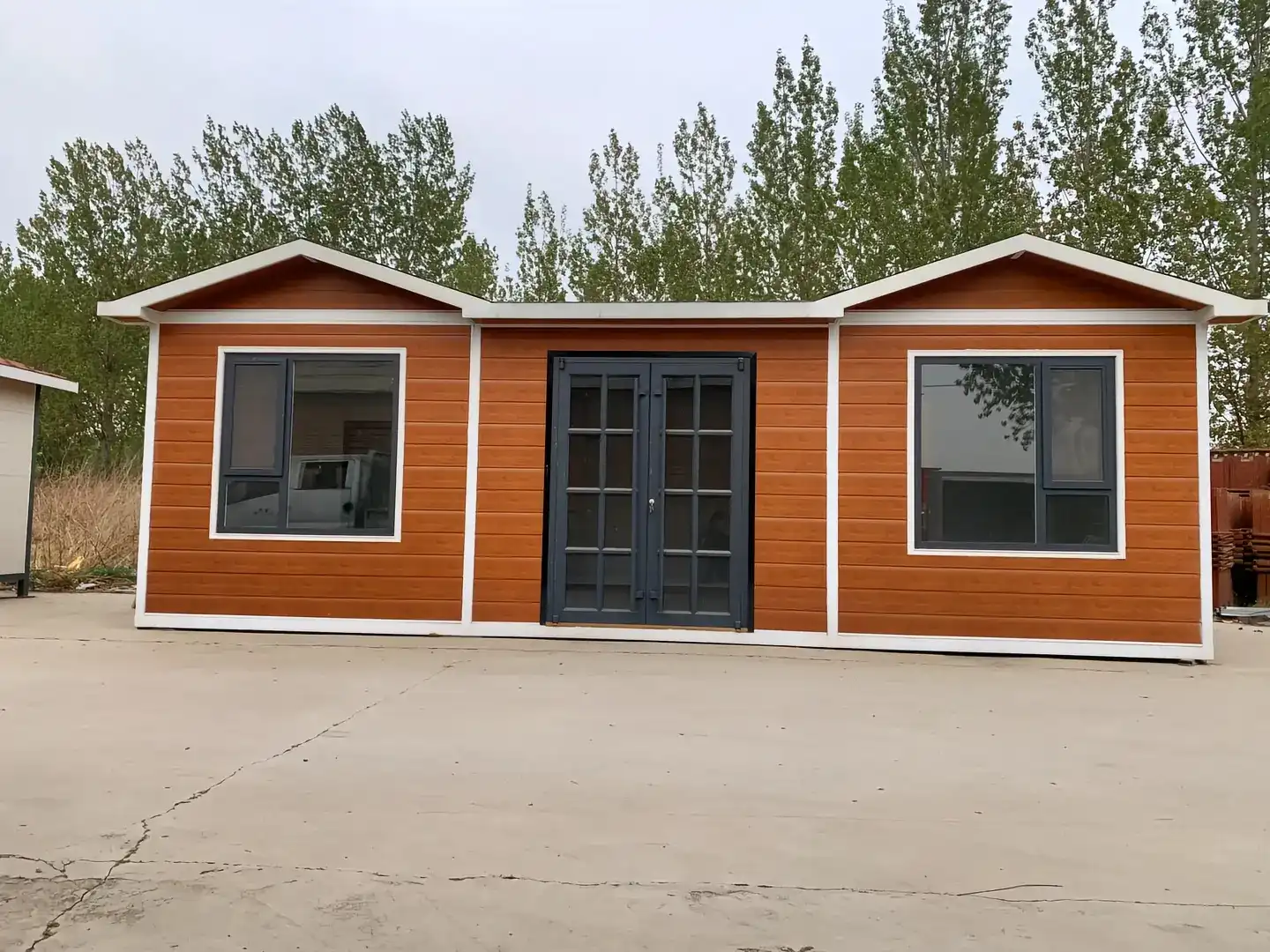

.jpg改.webp)

